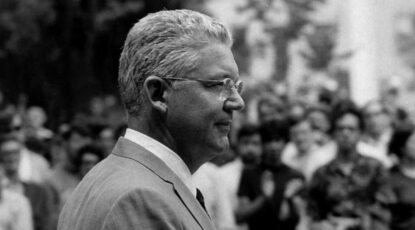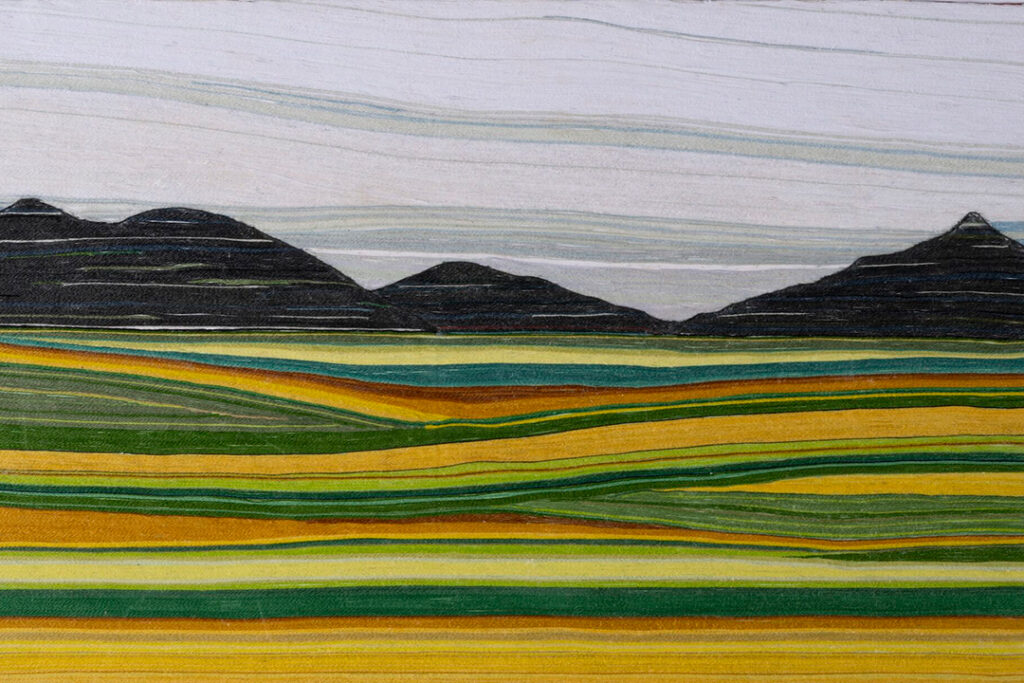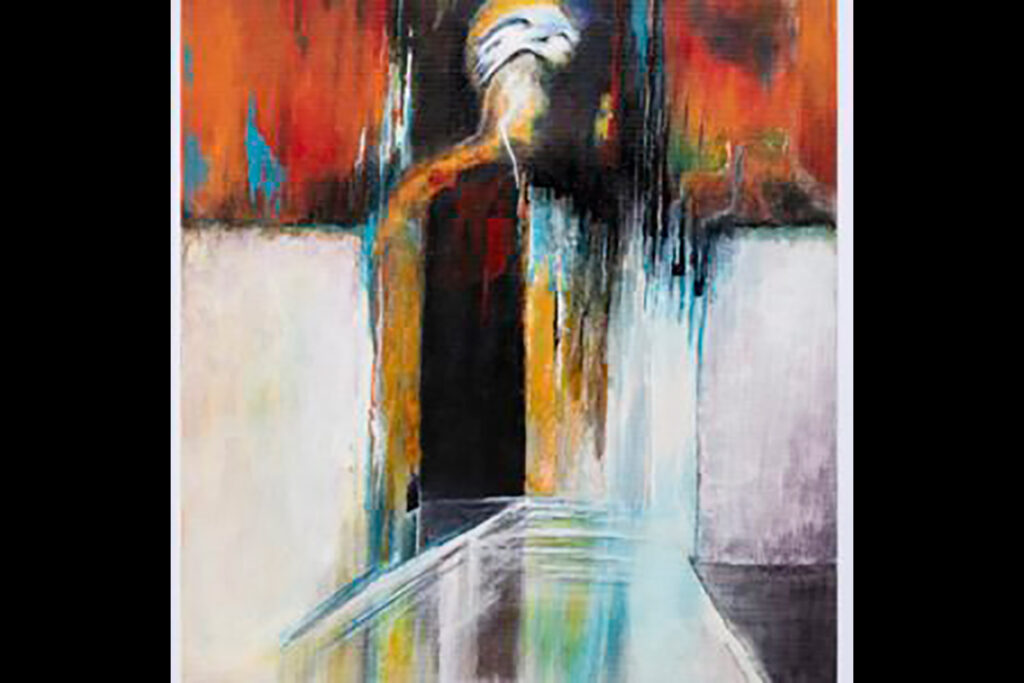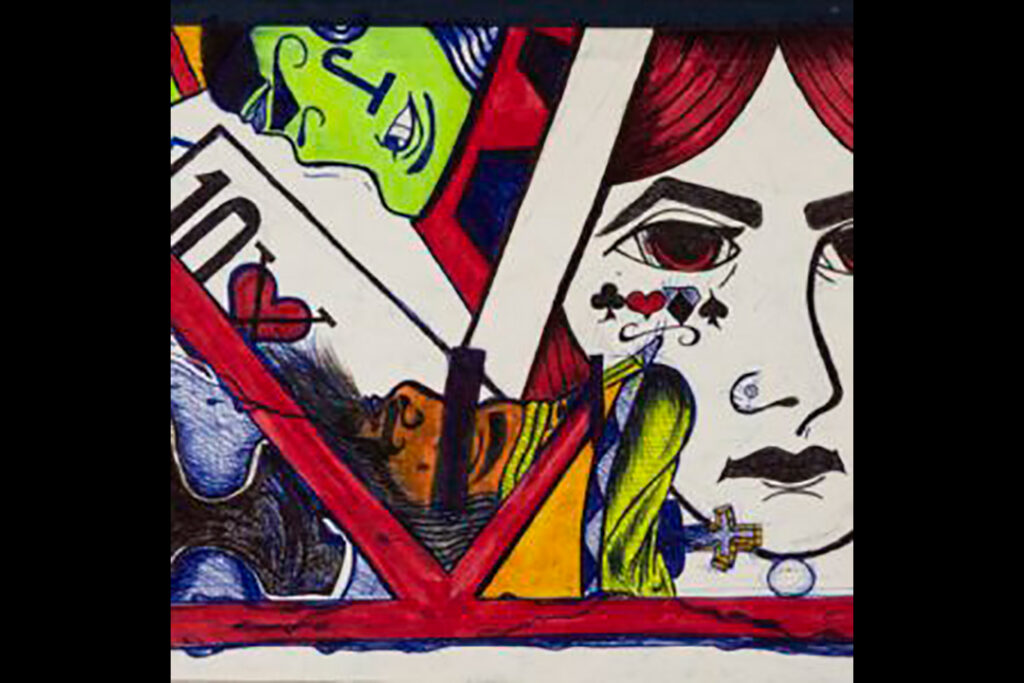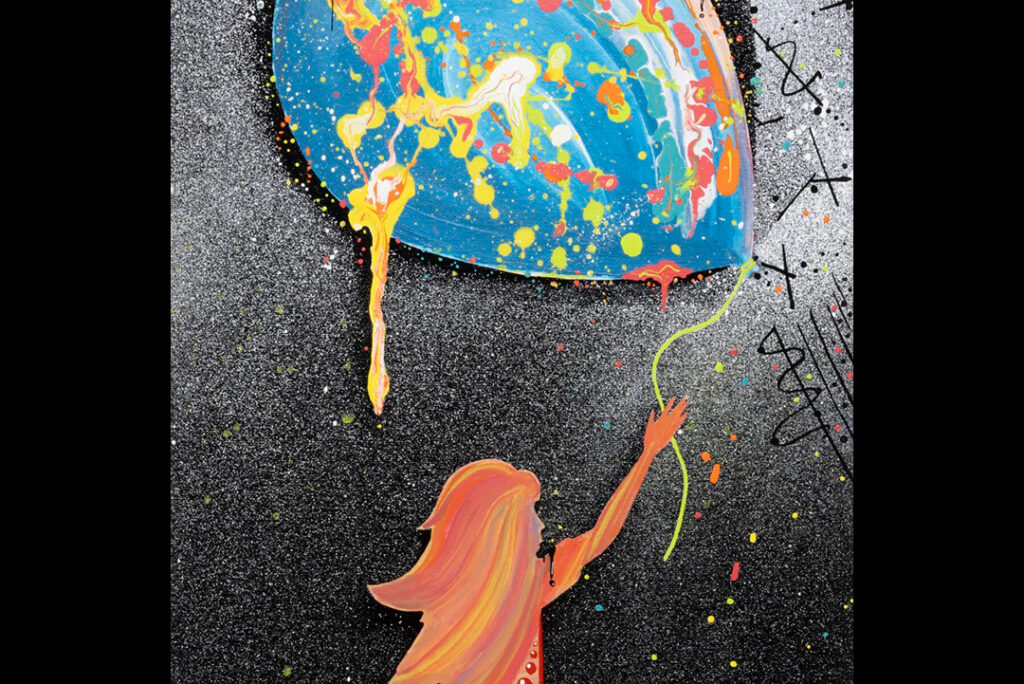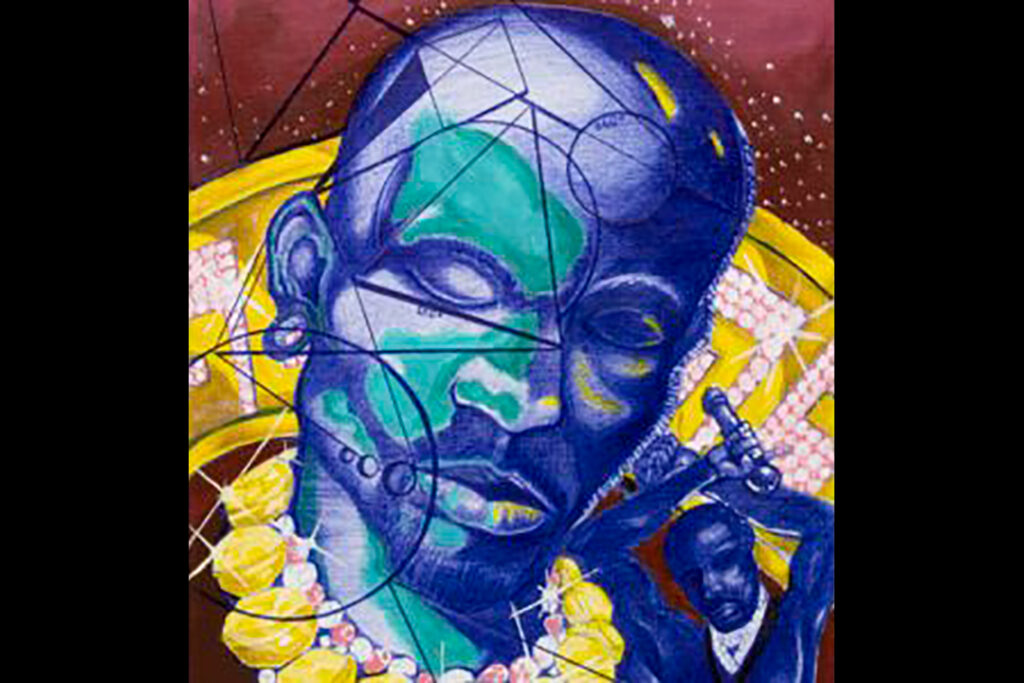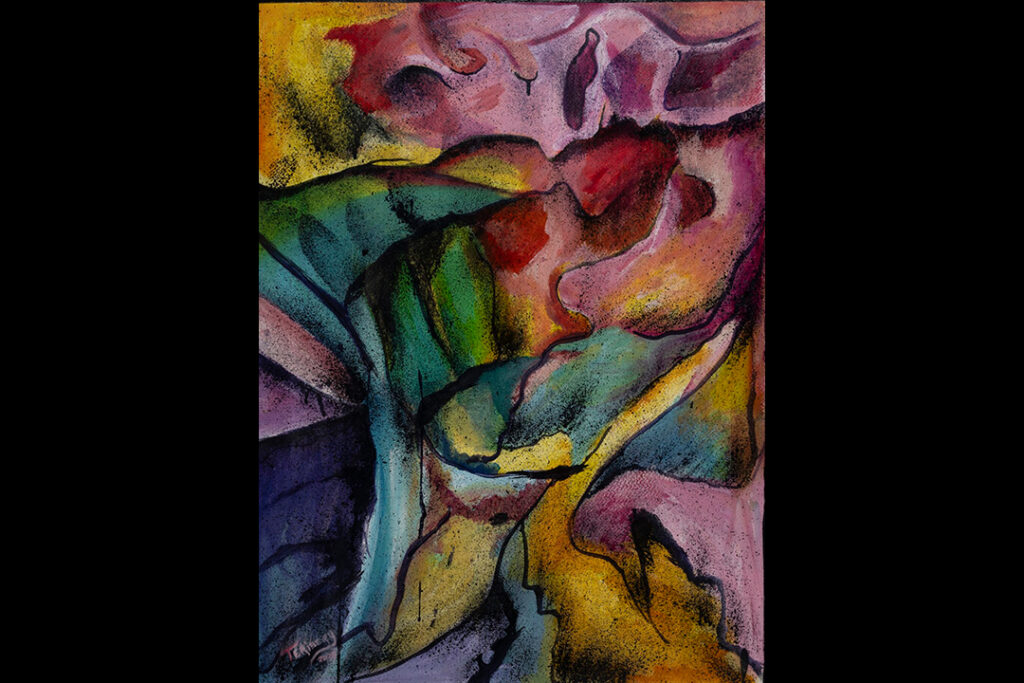The order that launched the Revolutionary War, 250 years later
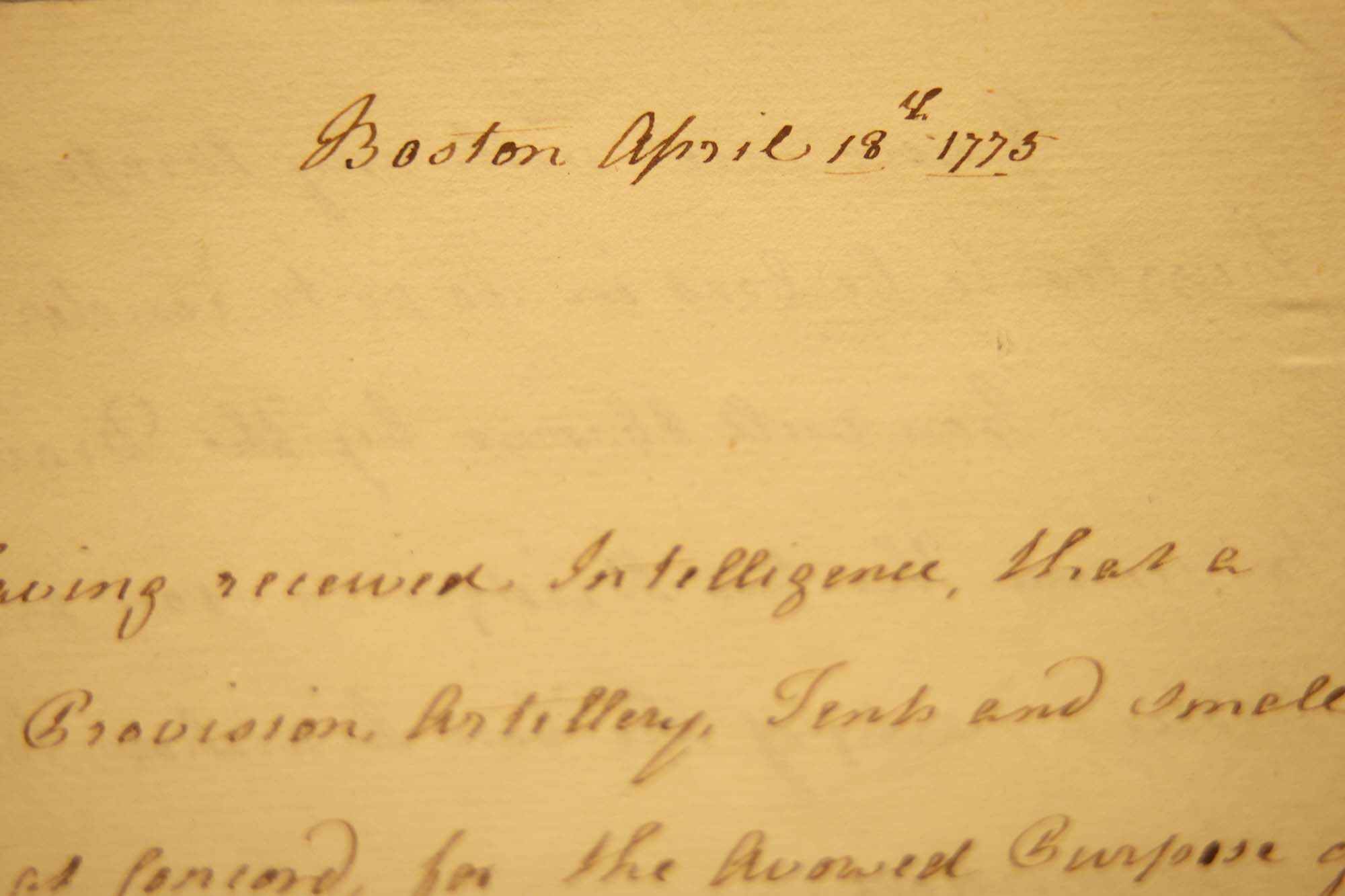
The ‘shot heard ’round the world’ can be traced to one manuscript containing the orders for the Concord Expedition on April 18, 1775. The quill-to-paper draft orders, penned by British Army officer Thomas Gage, sparked the Battle at Lexington and Concord the following day. U-M’s Clements Library holds the document.
-
Lullabye, in a test tube
Gently rocking embryos while they grow during in vitro fertilization (IVF) improves pregnancy rates in mice by 22 percent, new University of Michigan research shows. The procedure could one day lead to significantly higher IVF success rates in humans.
-
Sustainable mobility
Automakers at the 2010 North American International Auto Show have big hopes for their new vehicles—hipper, more fuel-efficient, environmentally sound cars.
-
The Del Rio: Hippie hotbed
Second home to radicals, hipsters, jazz lovers, rock stars, nudists, DetBurgers, giant burritos and the Midwest’s most hostile waitstaff, the Del Rio bar embodied countercultural Ann Arbor—until it finally outlived its times and closed. In this book excerpt, the Del’s former owner Ernie Harburg remembers when Ann Arbor was a very different place.
-
Top sports moments of the decade
What were the biggest games, the most impressive performances, the best Wolverine teams of the ’00s? Sportswriter John U. Bacon makes his picks. What are yours?
-
Back to his roots
After graduation, Karl Rosaen moved from Michigan to Silicon Valley, where he worked on the now-famous Google Android phone. So when he wanted to start his own high tech firm, where did he go? Back home to Michigan, of course. A story about hope for a new economy.
-
U-M remembers former President Robben Wright Fleming
Robben Wright Fleming, the imperturbable U-M president who steered the school safely through the student unrest of the late 1960s and early 1970s, died Jan. 11 at age 93. His devotion to the ideals of academic freedom and civil debate amid social and political tumult led the regents to name the university’s central administration building in honor of Fleming and his wife, Sally, who died in 2005.
Columns
-
President's Message
Reaffirming our focus on student access and opportunity
U-M seeks to ensure every student will rise, achieve, and fulfill their dreams. -
Editor's Blog
Peace out
It's a mad, mad, mad, mad world out there. -
Climate Blue
Keeping our focus on climate
As federal support for climate science wanes, Ricky Rood remains hopeful. -
Health Yourself
Are you an ‘ager’ or a ‘youther’?
Why do some people appear younger or older than people born in the same year?
Listen & Subscribe
-

MGo Blue podcasts
Explore the Michigan Athletics series "In the Trenches," "On the Block," and "Conqu'ring Heroes." -

Michigan Ross Podcasts
Check out the series "Business and Society," "Business Beyond Usual," "Working for the Weekend," and "Down to Business." -

Michigan Medicine Podcasts
Hear audio series, news, and stories about the future of health care.
In the news
- USA Today US consumer sentiment and expectations fall again in April as tariff uncertainty continues
- CNN Beyond Ivy League, RFK Jr.'s NIH slashed science funding across states that backed Trump
- Detroit Free Press Inflation is slowing. Wages are up. So why does life feel costly for many Michiganders?
Creativity and connection across prison walls
One of the world’s largest and longest-running exhibitions of incarcerated artists is back with new programming designed to foster connection and deepen public understanding of incarceration in Michigan. The 29th annual Exhibition of Artists in Michigan Prisons, curated by U-M’s Prison Creative Arts Project, showcases 772 artworks by 538 artists incarcerated in 26 state prisons. The Duderstadt Center Gallery on U-M’s North Campus is presenting the artwork through April 1.






